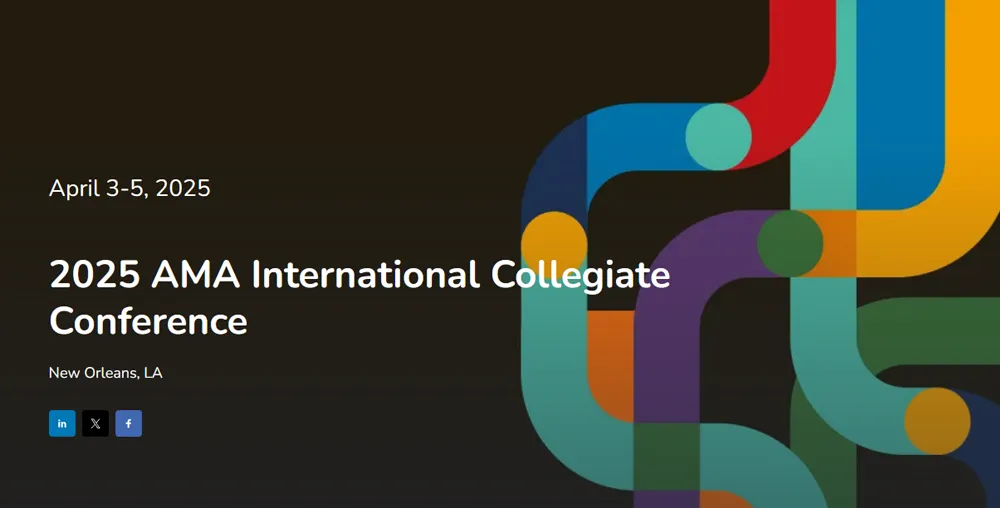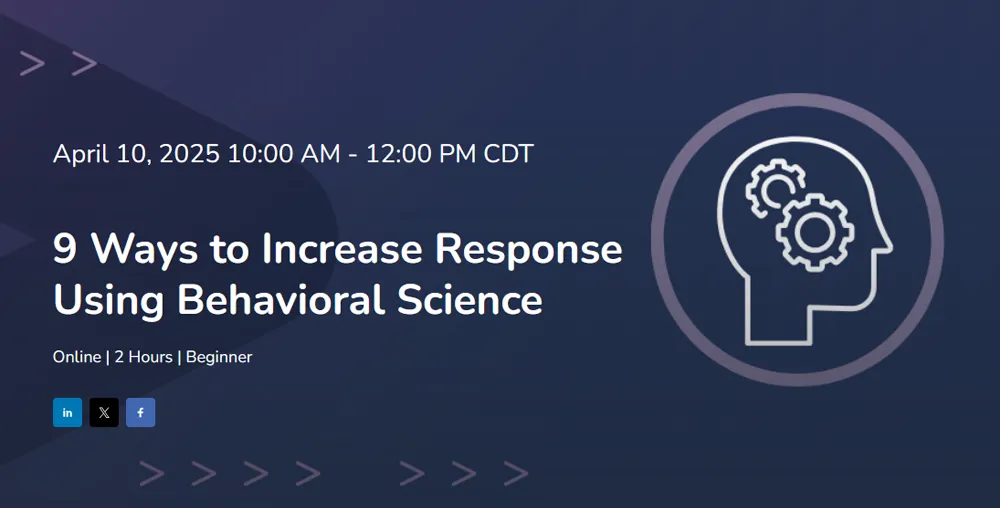The advent of Web 2.0 has been both a blessing and a curse for ambitious entrepreneurs. On one hand, the internet has given businesses access to an entire world of potential customers. On the other hand, it has also exposed companies to an entire world of competitors.
This has brought the need for brand differentiation to unprecedented levels of importance. After all, it’s impossible to tap into that global market if prospective customers don’t know who you are or how to reach you.
This is why search engine rankings are often the hill on which companies live and die. Whether you’re operating a traditional brick-and-mortar business or a virtual storefront or anything in between, the long-term survival of your company often hinges on your ability to place highly in search engine results pages.
Nevertheless, achieving a coveted spot on a search results page is by no means easy. In fact, the failure to drive traffic to your website healthily and ethically — the failure, in other words, to pursue organic growth — can not only decrease your rankings but can also instigate penalties from Google that may result in your complete removal from Google’s search pages.
This article describes best practices for achieving organic traffic growth and, in the process, boosting your search engine rankings.
Why Organic Growth Matters
In essence, decision-makers such as those at Google formulate their search engine algorithms in ways that they feel will best serve the needs and interests of their users. The principal mission is to protect users from irrelevant, low-quality, or malicious content to ensure that users enjoy the best possible experience when visiting highly- ranked sites.
To achieve this goal, Google administrators and technologists seek to create algorithms in which sites that demonstrate exceptional levels of expertise, authoritativeness, and trustworthiness (EAT) rank highest in a Google search. This set of rules is known as the Search Quality Rater Guidelines and is updated frequently to reflect current standards.
In addition to using the EAT rubric as a basis for assessing quality, Google developers also deploy the Your Money or Your Life (YMYL) framework to identify content that appears to serve potentially nefarious purposes, such as disseminating inaccurate or misleading information. A primary concern in the YMYL model is to help protect end users from content that may jeopardize their physical, financial, social, or psychological well-being.
Google developers consider organic traffic to be that which is generated through healthy and responsible processes rather than through the use of gimmicks, shortcuts, or duplicitous practices. Paid advertisements, for instance, are not generally considered by Google developers to instigate organic traffic because it is traffic that is, in essence, bought and paid for rather than earned through the intrinsic quality of the site.
To rank highly on a Google search, your site needs to score well on the EAT metric while avoiding the YMYL scale entirely if possible.
Boosting Your EAT Quotient
One of the most significant challenges that online content creators face is accommodating the ever-evolving search engine optimization (SEO) standards. Google’s search algorithms are in constant flux, responding both to the changing needs of consumers and to the increasingly sophisticated strategies used by companies to circumvent quality standards and achieve higher-than-deserved Google rankings.
There are, however, several best practices that can support your SEO strategy, regardless of how and when Google developers adjust their algorithms. For example, sites that include frequent, accurate, and relevant attributes to industry leaders demonstrate high levels of subject matter expertise, authoritativeness, and trustworthiness.
Designing for Accessibility
Because search engine rankings are based not only on the authoritativeness of the content but also the user’s experience when accessing that content, a particularly effective strategy for driving organic traffic growth is to prioritize web accessibility.
Accessible web design opens the content to a broad and diverse audience, ensuring that users with certain needs, such as sensory or mobility impairments, can enjoy an experience equivalent to that of the “typical” consumer.
Black Hat vs. White Hat SEO
While SEO is critical to boosting your organic traffic as well as your search engine rankings, it’s important to resist the temptation to take shortcuts. Indeed, while white hat SEO is critical for achieving a high Google ranking, black hat SEO can just as quickly, and dramatically, reduce it.
The difference between the two is fairly simple to understand. When you’re practicing black hat SEO, you’re relying on dishonest or, at the very least, unethical practices to evade Google’s algorithmic quality standards and assume a ranking that doesn’t actually reflect the standards of your content.
Black hat SEO could include anything from keyword stuffing to spammy linking. The ultimate objective is to trick the Google search algorithms by making the content appear more comprehensive and authoritative than it is. Bad actors may even use hidden keywords, words embedded in the content in fonts and colors that aren’t visible to the human eye but are detected by Google’s algorithms. Even one incident of black hat SEO practices can result in penalties imposed by Google including a severe and sustained drop in your company’s rankings or an indefinite removal from the search results.
White hat SEO is the antithesis of black hat SEO and involves the legitimate use of expert links and keywords to present the highest possible quality of content for end users. This, ultimately, is the principal driver of organic traffic because it ensures that site visitors enjoy the quality of experience they expect and require while on your site.
The Takeaway
The internet is home to billions of websites and untold numbers of web pages. Making your content stand out amid a sea of competitors can seem like an impossible task. However, by pursuing organic traffic growth, you can boost your rankings on critical search engines such as Google.
The key is to consistently demonstrate expertise, authoritativeness, and trustworthiness (EAT) across all pages and platforms. At the same time, it is essential to avoid the appearance of ill will or malicious or duplicitous intent toward your audience. Finally, it is imperative to prioritize accessible web design and white hat SEO to ensure a stellar content experience for all users, including those with accessibility needs.









Comments are closed.